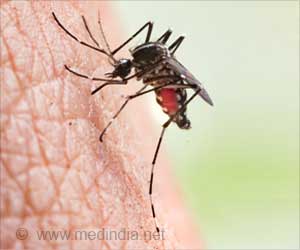Reminding the significance of protecting trees, a study conducted by the U.S. Forest Service has showed that trees save approximately 850 lives every year

The health consequences from air pollution considered in the study were pulmonary, cardiac, vascular and neurological damages.
The study states that though the fact of 850 lives spared each year does not mean much compared to the population of the planet, trees save a staggering number of 6.8 billion dollars on healthcare every year by preventing respiratory problems, and alleviating other respiratory-related illnesses.
Even more amazing is the part of the study that shows the fact that pollution cleared by trees – approximately 17.4 million tons of it in 2010 - amounts to one percent improvement of air quality.
Of course, this improvement of breathable air is more significant for urban areas than rural ones.
“In terms of impacts on human health, trees in urban areas are substantially more significant than rural trees due to their nearness to people. We found that in general, the greater the tree cover, the greater the pollution removal, and the greater the removal and population density, the greater the value of human health benefit,” the NFS scientists stated.
Advertisement
The study was published in the journal Environmental Pollution
Advertisement
Source-Medindia








